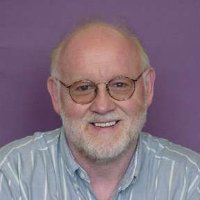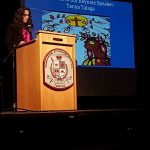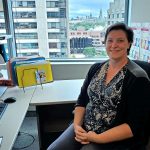
By John Myers
While I have some background in Indigenous studies in several provinces, including high school teaching about residential schools, as well as personal family connections, I am not Indigenous and would not pretend to understand issues through an Indigenous lens. For example, when I first taught about residential schools in the mid 1970s I was unaware of the “sixties scoop”. That will be the case for most of us. I have done some quality professional learning through Facing History and Ourselves, as well as OHASSTA workshops, but I will not pretend it is sufficient. Once again, this is the case for most of us.
While school districts in Ontario have a variety of implementation plans, some detailed and all well-meaning and striving to promote high quality learning, many of us will miss out for a variety of reasons.
This project is meant to offer ideas if you are starting from scratch. OHASSTA has and will continue through Rapport and the conference, to suggest additional places to start. Other organizations are doing similar work.
In addition to the work of James Banks who offers a “standard” for determining levels of implementation (cited in earlier posts), I recommend checking out http://www.firstnations101.com. It Presents an overview of a book, First Nations 101 written by Lynda Gray, a member of the Ts’msyen Nation on the Northwest Coast of BC (Gisbutwada / Killerwhale Clan). Her book is used as a primer for introductory courses in Indigenous studies in several western community colleges.
P.S.
When I got into looking at issues of diversity education in the mid 1970s there were few sources for teachers. Now there are many, both print and online. In the next “Pedagogical Perspectives” in Rapport I shall review a number of these. Some have been featured at OHASSTA conferences and some have not. All have a place whether you are experienced in working with the diversities in your classroom or are “starting from scratch.”

